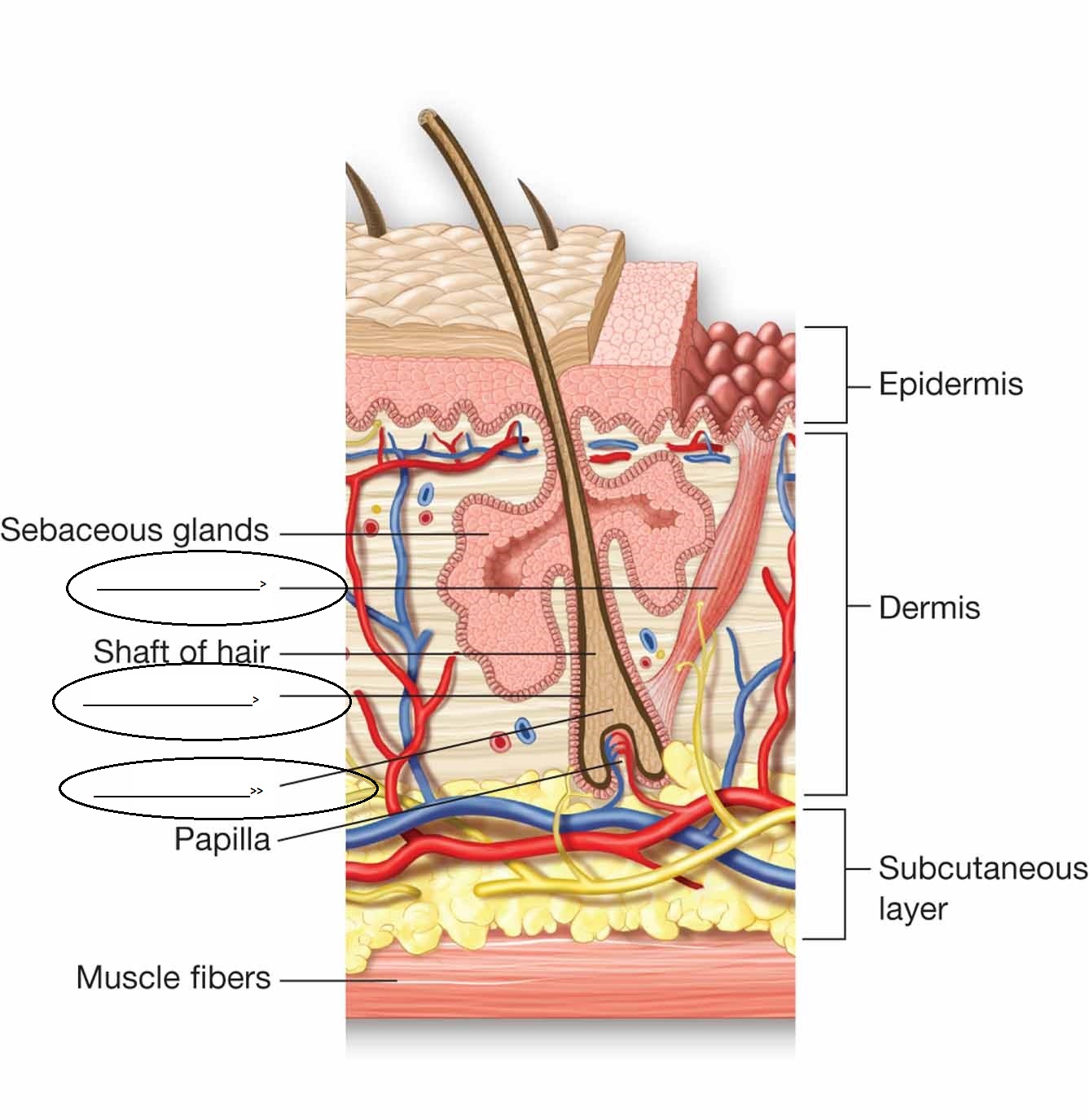Understanding Skin Structure: An In-depth Quiz on Epidermal Layers
- AAMC
- NBME
2.
You may optionally provide this to label your report, leaderboard, or certificate.
×
Thank you for your feedback!
















